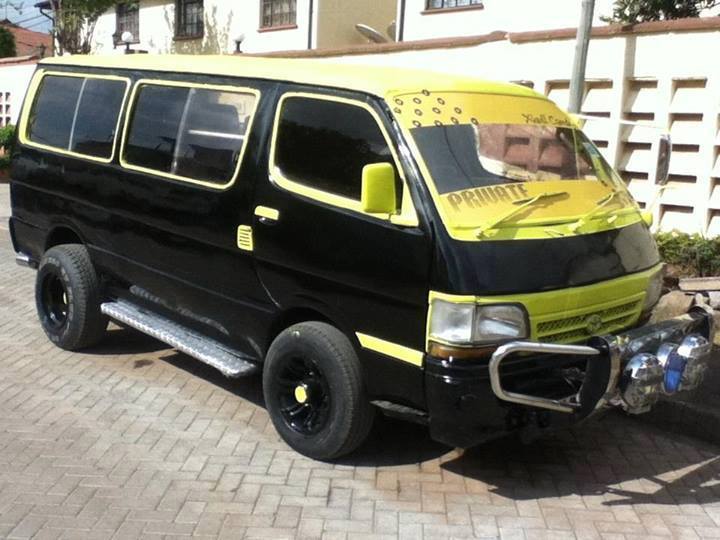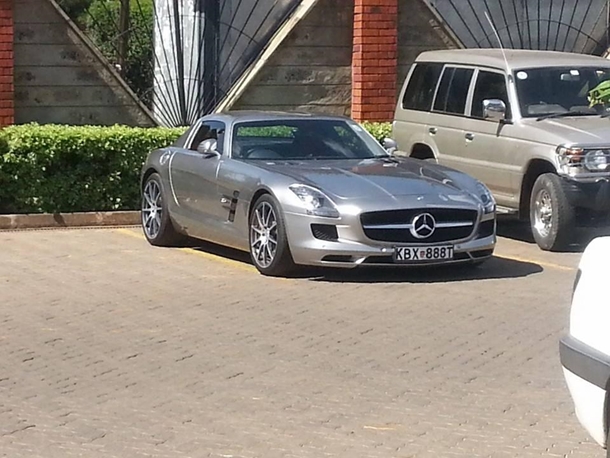The caveat here is that cars were provided with the optional “acoustic” roof which adds another layer of foam for extra sound insulation and from experience, seems to be a worthwhile box to tick give as it also adds just another kilogram of weight.
A brief respite in the deluge while driving in the hills behind Nice allowed the roof to be folded back, incidentally by lowering the speed to just under 50km/h while pulling the centre console switch.
Within 18 seconds the view was improved from slightly claustrophobic – the rearward view top-up is restricted by a small rear window thanks to the need to stow the roof in as compact a space as possible – to panoramic.
To keep the cold out, all four windows were up, as was the wind-blocker positioned over the rear seats, and despite being open to the elements the interior remained relatively serene with little wind buffeting. Warm too, partly due to the air vents situated under the front seat headrests wafting heated air around driver and passenger’s necks.
The A3 Cabriolet 1.8 TFSI with its 1.8-litre turbocharged engine producing 132kW of power has more than adequate performance in what, for many buyers, will be something of a cruising machine anyway. Audi claims 0-100km/h acceleration in the order of 7.8 seconds for the seven-speed S tronic (automated manual) version that will be standard equipment on Australian versions and it certainly feels that feisty.
Just as importantly, the engine is smooth and quiet with plenty of pulling power in higher gears thanks to 250Nm of torque from as low as 1250rpm. The diesel version, with less power at 110kW but even more grunt (340Nm at 1750rpm) accelerates to 100km/h in a claimed 8.9 seconds.
Streaming wet bitumen on narrow and twisting mountain roads are a challenge for any car, but the 1.8 TFSI acquitted itself well. Pushed hard, the combination of turbo power and front-wheel-drive could get the wheels spinning and traction control working hard but on more normal roads the combination of grip, body control and engine power made for an entertaining driving package.
Better than that, the body feels quite rigid despite the lack of a permanent roof to hold both ends together. Based on a version of the Volkswagen Group’s MQB platform (shared with the VW Golf, for instance) with extra strengthening, the A3 Cab exhibited nothing in the way of body flex or windscreen shimmy.
Even on 18-inch wheels with low profile tyres, instead of hitting a bump and expect to feel a shiver run through the car, it simply soaks it up. A full verdict on ride quality is best left to a drive in generally harsher Australian conditions, but the indications are that the A3 Cab copes well on patchy surfaces.
The interior is up to Audi’s usual high standards of design, fit and finish giving this small convertible an aura not just of luxury, but also a sense of occasion from within. The back seat is entirely useable for two adults if the driver and front passenger are willing to compromise a little on leg room, and the boot’s 320 litres of luggage space (280 litres roof-down) is more than handy.
Combine this dollop of prestige and practicality with a spirited driving experience, plenty of visual panache and a well engineered roof system that makes convertible living less of a compromise than usual, and the A3 Cabriolet is every bit as beguiling to drive as its looks suggest.




![Here are some of the best tuned cars in kenya by state of the art garages [PHOTOS]](../../../blog/wp-content/uploads/2013/11/29402_10151301757042065_340470732_n-e1384498044289.jpg)



![[PHOTOS] Top 20 Used Cars to Avoid Buying in Kenya](../../../blog/wp-content/uploads/2013/11/top-used-unreliable-cars-to-avoid2-100x70.jpg)






